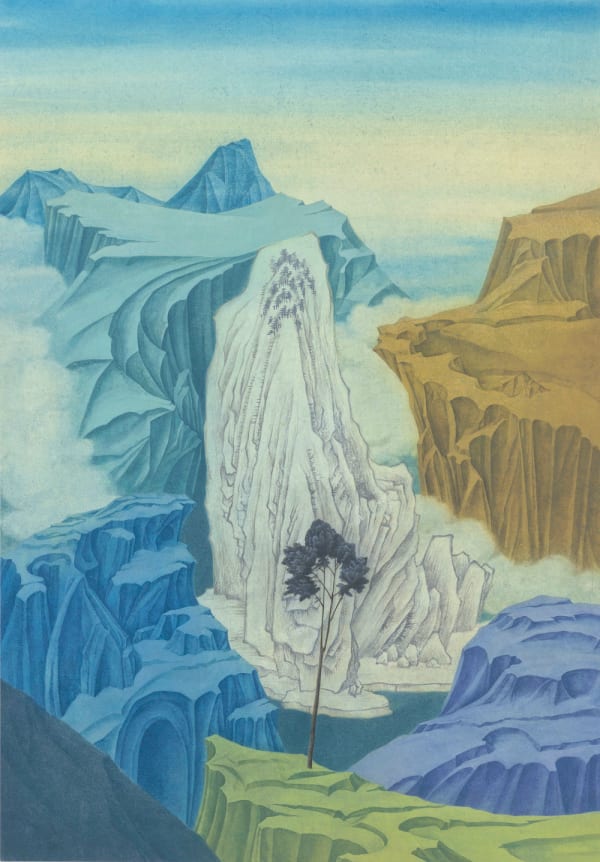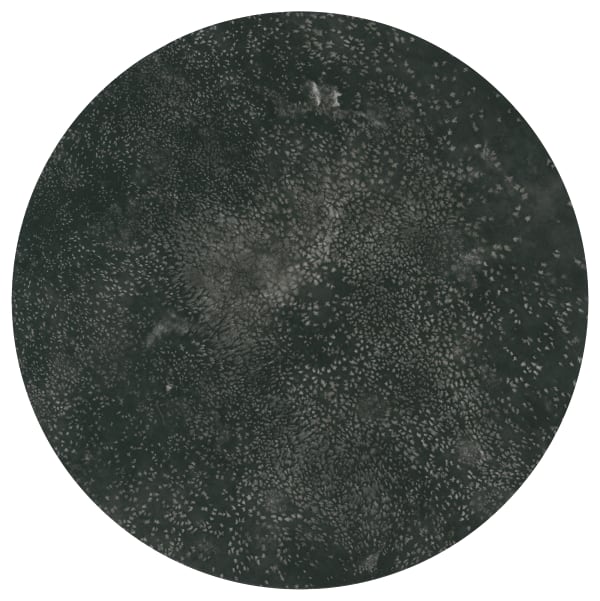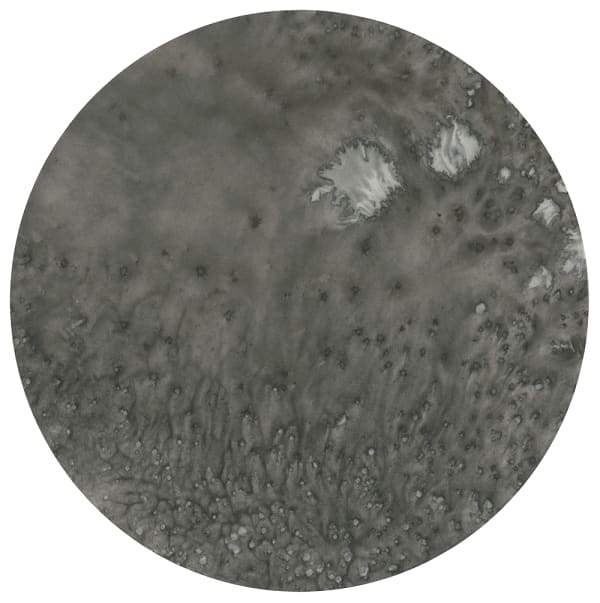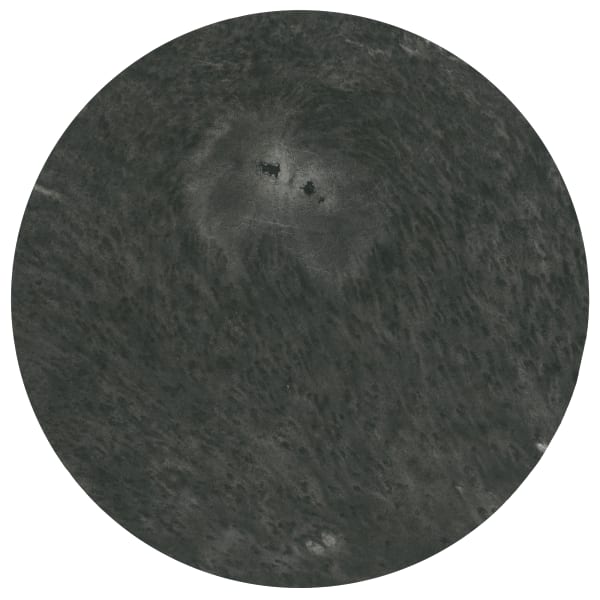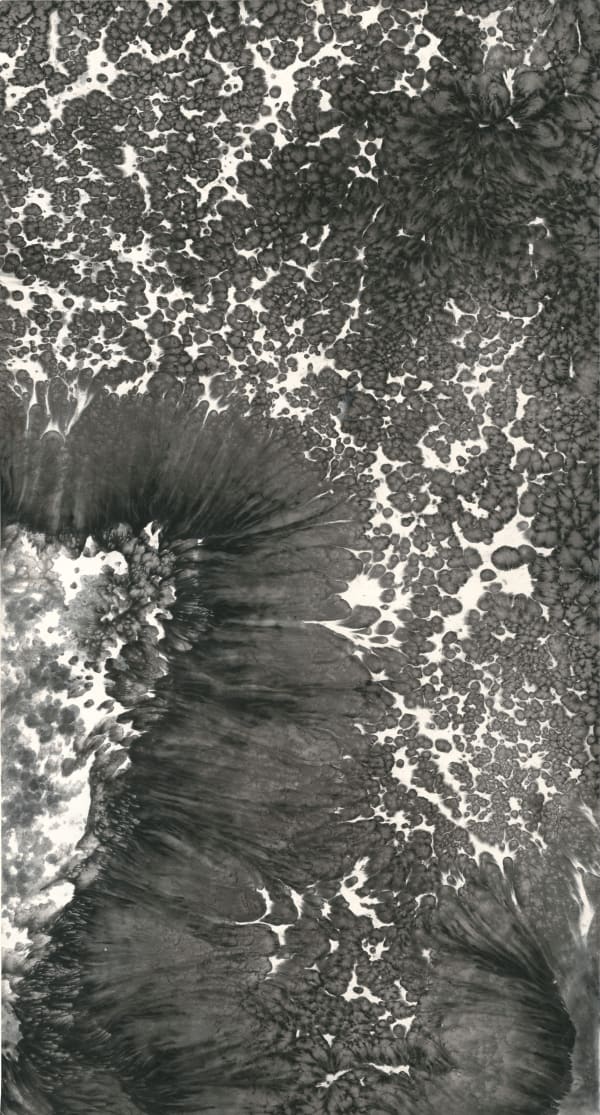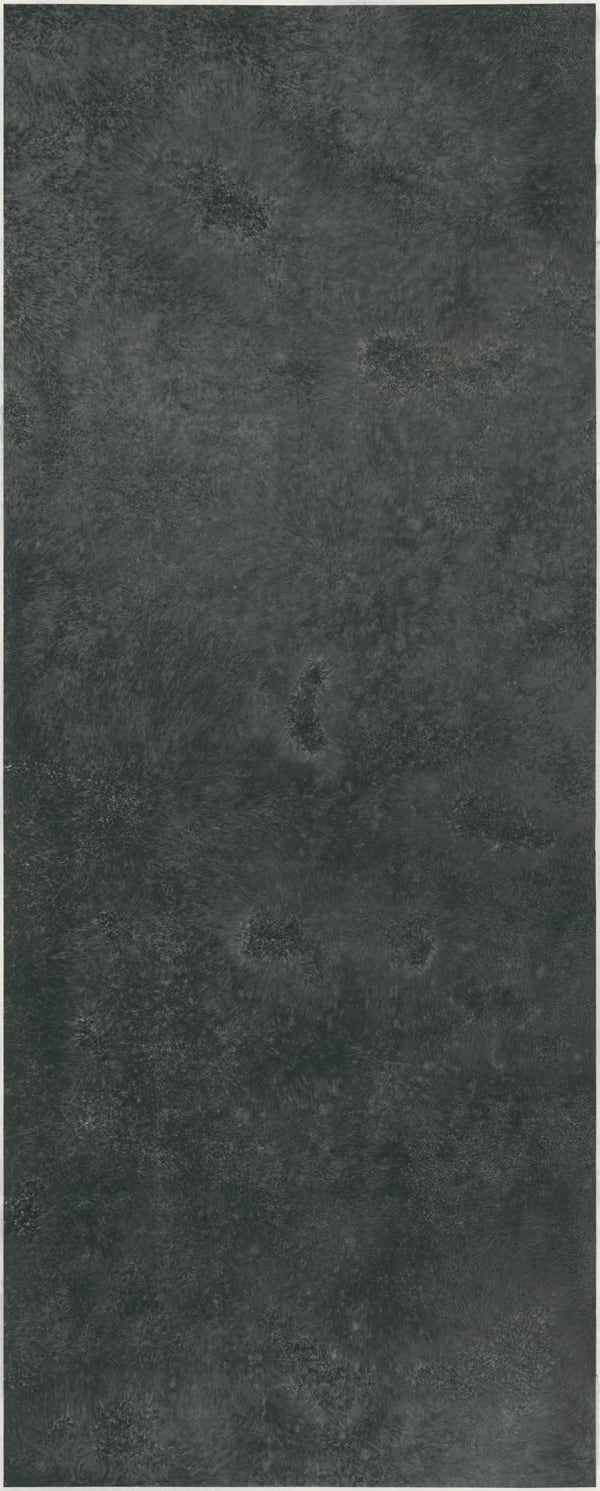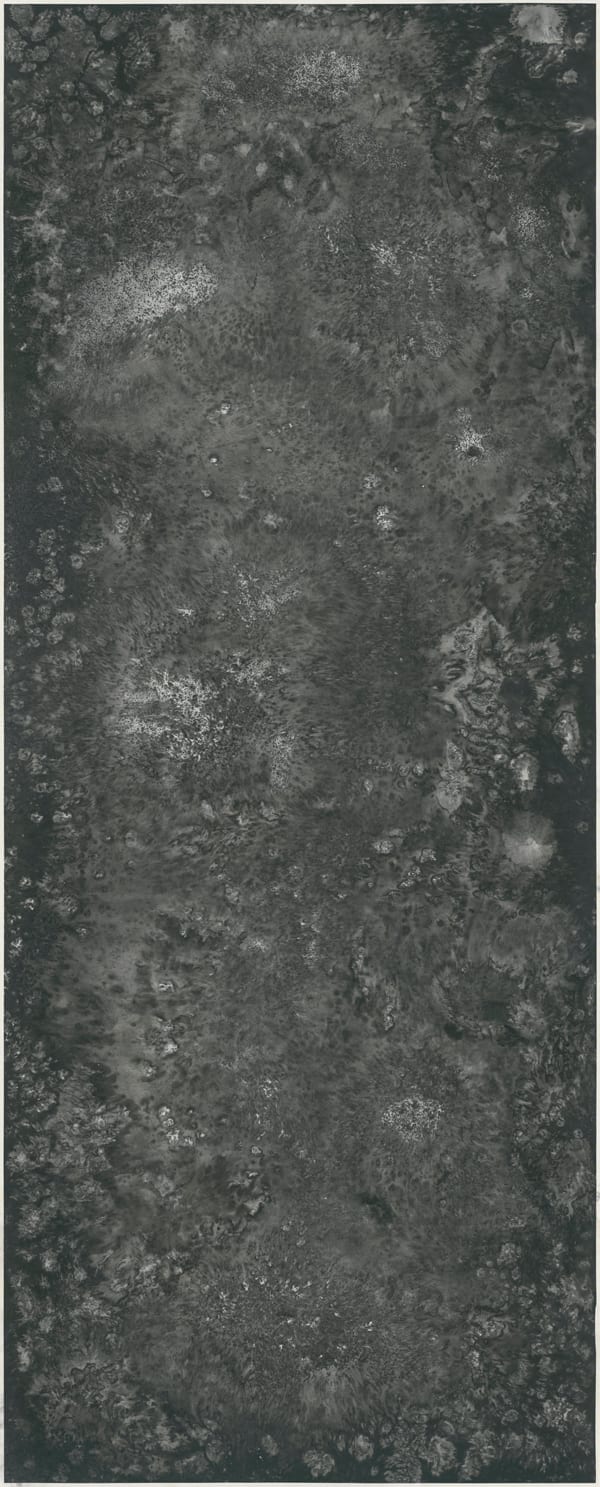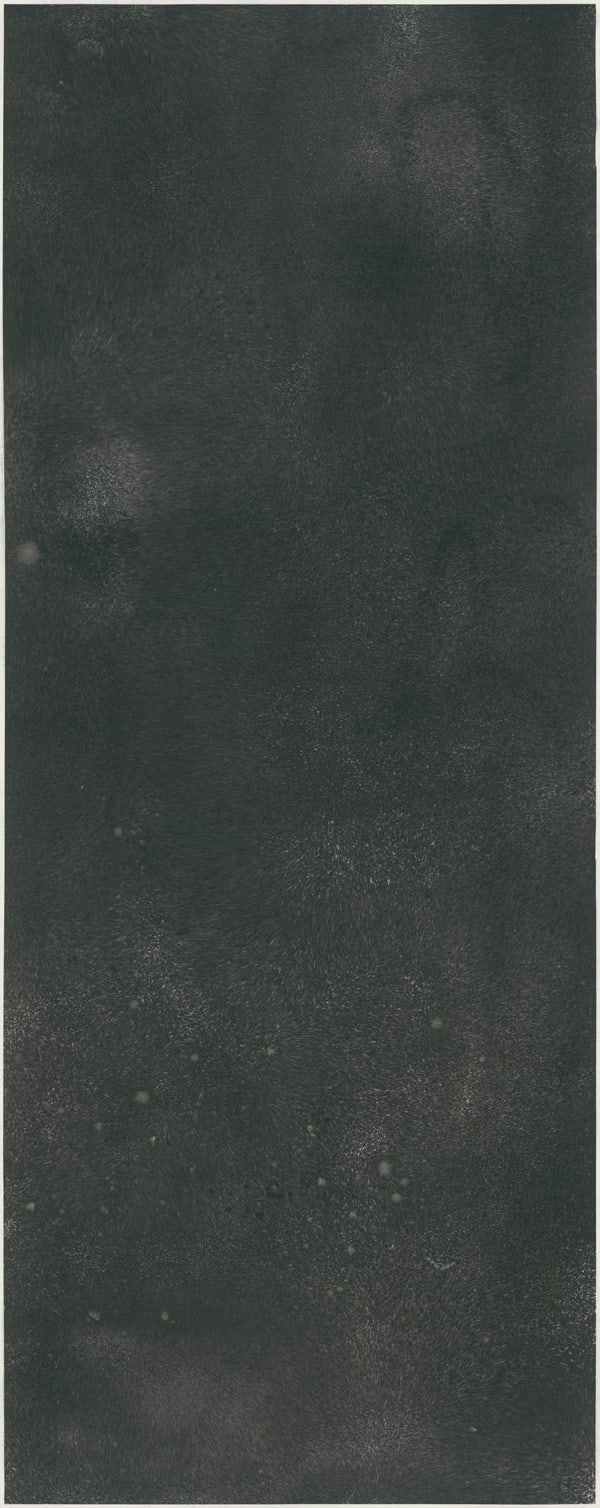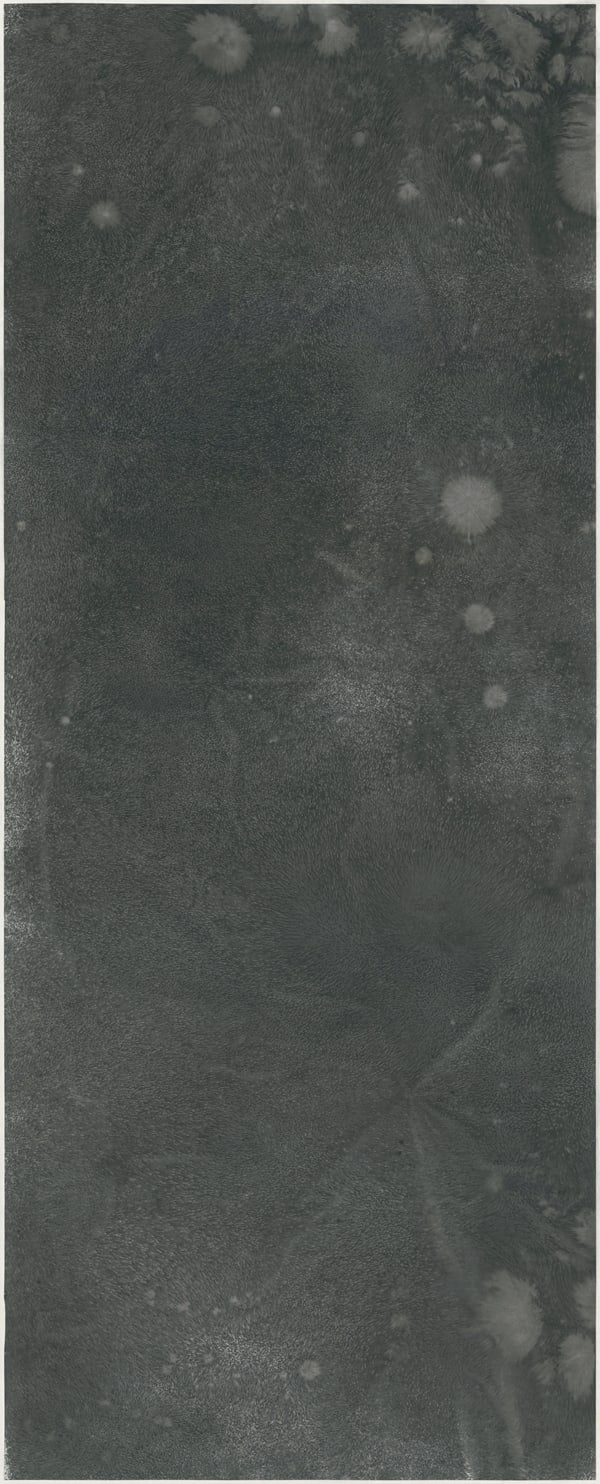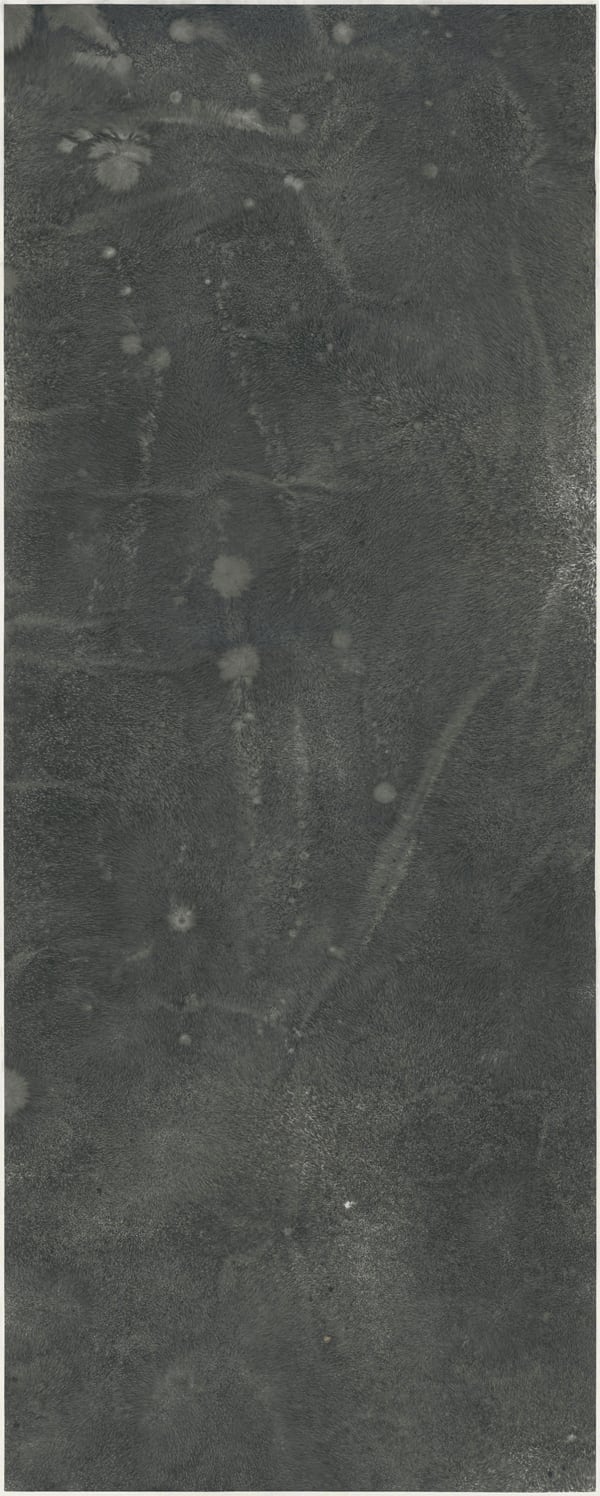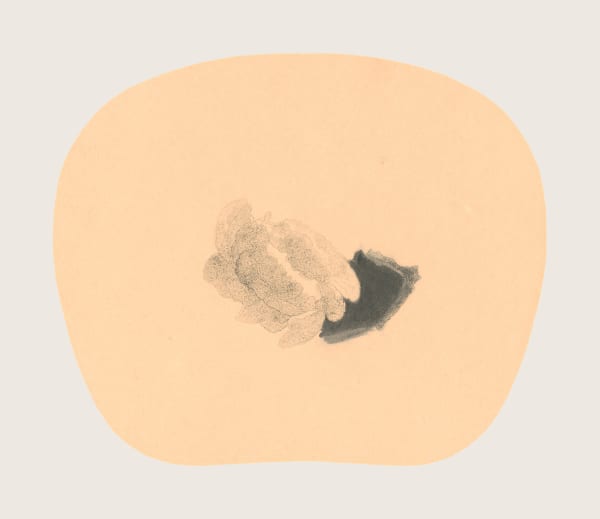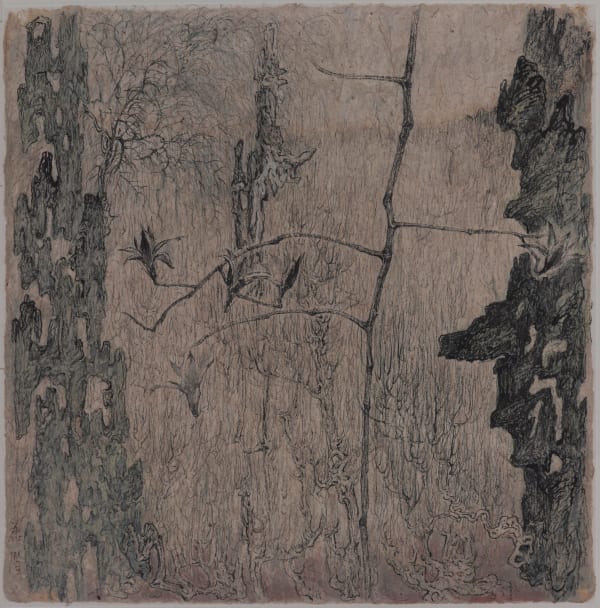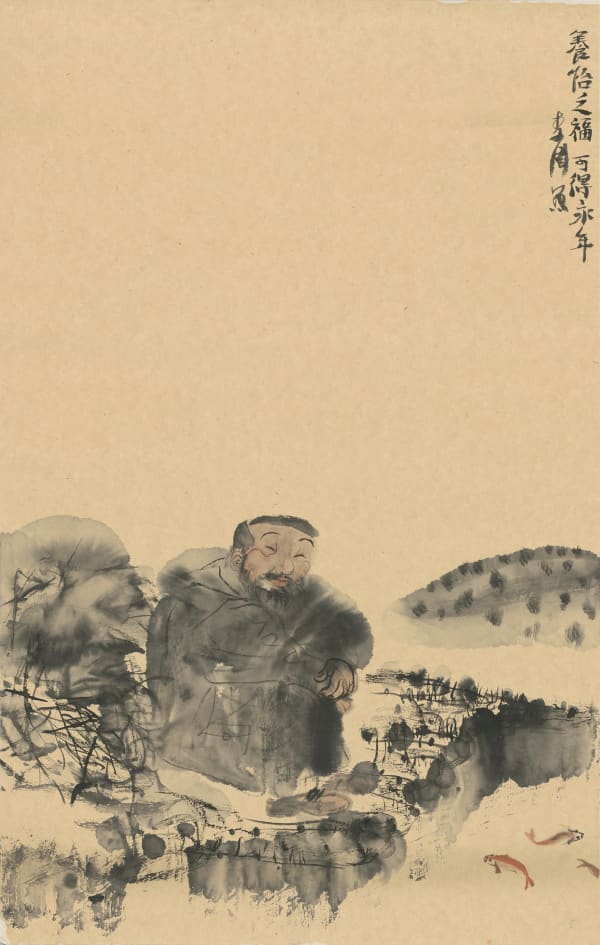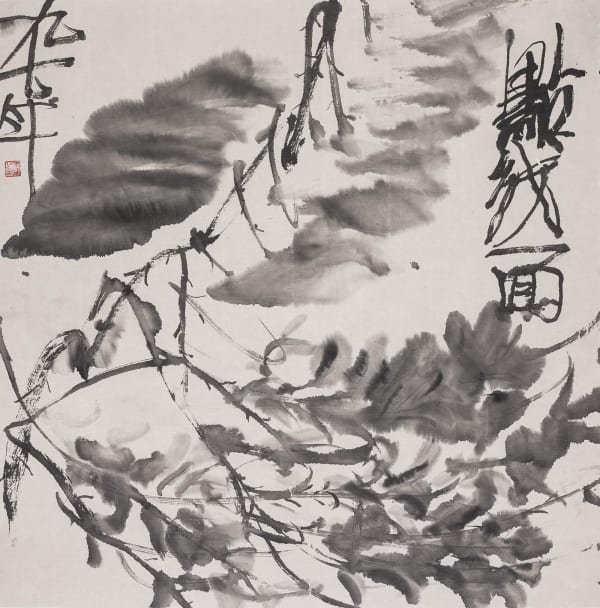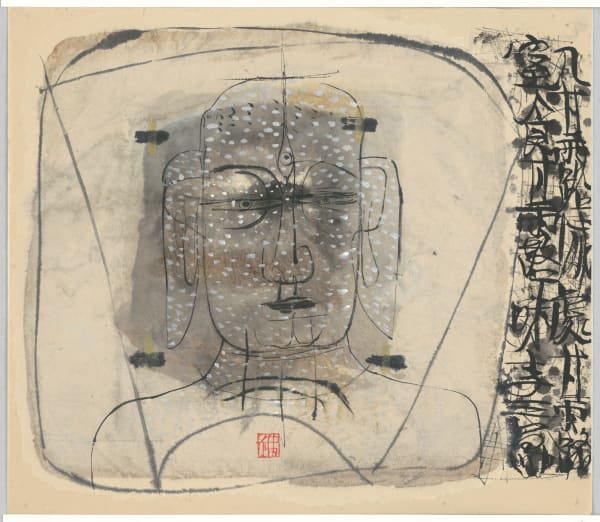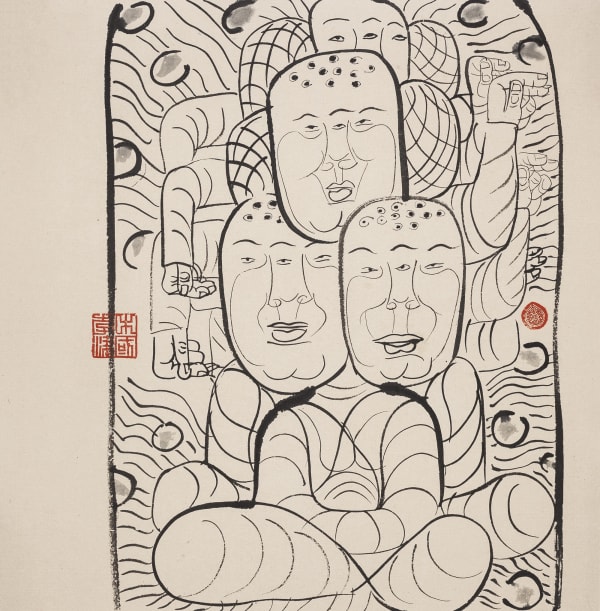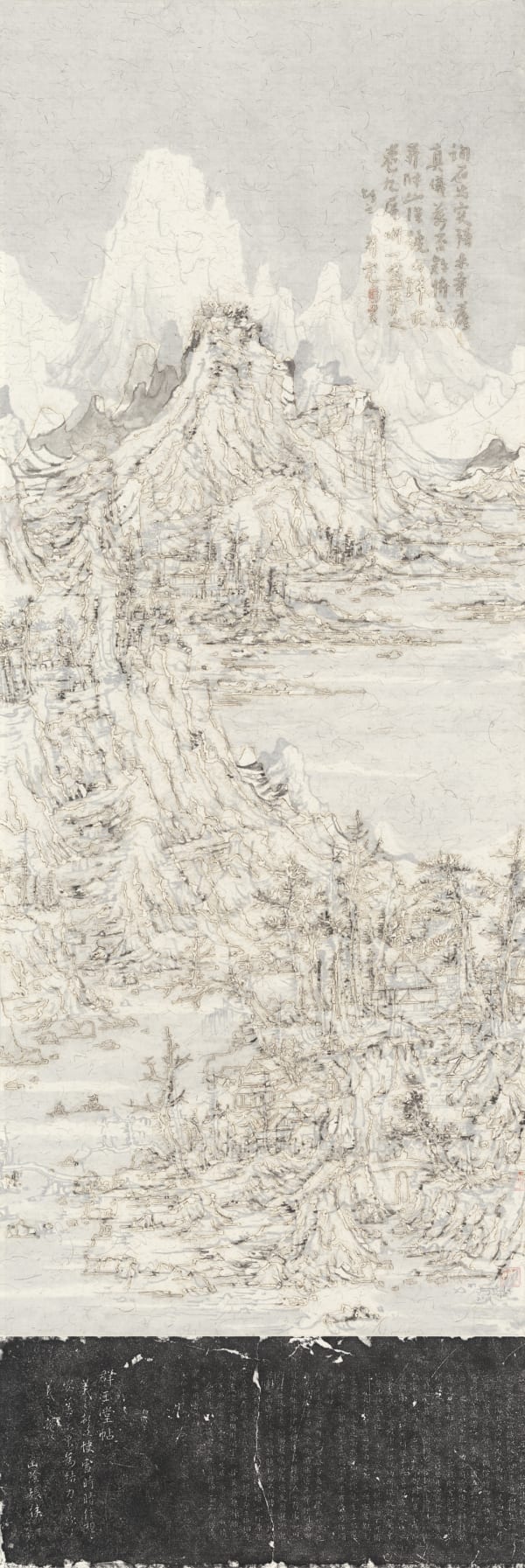INK studio is proud to participate in Yangtze Art Fair from October 10 to 13 in Nanjing. Located at booth A02, INK studio will present works by seven contemporary artists who express their dynamic artistic concepts through the exploration of ink in different medium and formats. Highlights include Bingyi’s Archaeology of Waves series of abstract landscape and the Fairies series of exquisite fan leaves; Li Huasheng’s signature grid painting; Li Jin’s early masterpieces from the 90s including the Wild Cursive series of flower paintings and small works with Buddhist subjects; Peng Kanglong’s ink and color flower paintings and dramatic landscape handscrolls; Michael Cherney’s photography of Chinese landscapes, particularly the Yangzte River and the Yellow River; Xu Lei’s new work The Message Tree andInteract Trees; and Wang Tiande’s new landscape works with his unique artistic practice of layering, rubbing and burn marks.
An artist, architectural designer, curator, cultural critic, and social activist, Bingyi (b. 1975) has developed a multi-faceted practice that encompasses land and environmental art, site-specific architectural installation, musical and literary composition, ink painting, performance art, and filmmaking. Adopting a non-anthropocentric perspective and channeling nature’s creative agency, her work is centrally concerned with the themes of ecology, ruins, rebirth, and poetic imagination. During Yangtze Art Fair, INK studio will present Bingyi’s abstract landscape series as well as her exquisite album leaves, showing her exploration of the ink medium with profound diversity – channeling between macro and micro level of artistic practice and brushwork.
Li Huasheng (1944-2018) was a classically-trained ink painter who explored the shared phenomenology between mind-hand embodiment in classical brush and ink practice in calligraphy and landscape painting and time- and process-based practices employed in contemporary art. Li's practice included processual grid paintings, abstract ink landscapes, photography and ink-and-paper-based installations. During Yangtze Art Fair, INK studio will present his iconic grid-paintings, which capture and record the moment-by-moment phenomenological state of his body, perceptions, feelings, emotions and thoughts.
Li Jin (b. 1958) is best known for his lush and colorful depictions of sensory pleasures in contemporary China. From 2015 onwards, Li Jin has shifted his focus on monochrome ink paintings executed in the highly expressive xieyi style, applying spontaneous ink splashes using gigantic brushes. Dwelling in between concrete imagery and abstraction brush strokes, Li Jin’s works are extremely striking, reminiscent of the Zen paintings practiced by artists like Liang Kai, Xu Wei, and Zhu Da. During Yangtze Art Fair 2019, INK studio will present a selection of Li Jin’s early works the 90s, including his Wild Cursive series of flower paintings and small scale works of Buddhist subjects.
Peng Kanglong (b. 1962) graduated from Taipei National University of the Arts, majoring in Chinese ink painting. His ink paintings with spontaneous, wild and yet highly controlled brushworks subvert and transcend traditions in Eastern art, capturing his inner-world and exploring the subject of human desire. The ink-and-color flower painting as well as the magnificent landscape handscrolls presented during Yangtze Art Fair display Peng’s rigorous and expressive brushwork full of energy and emotion, without the limitation of a particular artistic tradition or style, allowing the audience to enjoy the landscape of his mind and experience, as a visitor, his imaginary world of brush and ink.
Michael Cherney (b. 1969) studied Chinese language and history at the State University of New York at Binghamton, followed by graduate language study at Beijing Language Institute. A self-taught photographer, Cherney's formal studies, combined with his rigorous personal studies of China's art historical past, have resulted in his abiding appreciation and even reverence for China's rich history and painting tradition, particularly landscape painting. His relationship with China has been deepened by his residence in Beijing for well over two decades along with his extensive travel throughout China, seeking out the specific sites that have historical relevance to his work. He has described his art as a way “to look upon a place imbued with a vast (sometimes daunting) accumulation of history and cultural memory, and then to capture one instant, fleeting, tangible moment of it with a photograph.”
Xu Lei (b. 1963) is widely recognized in China as the foremost artist in the revival of gongbi, a form of high imperial painting dating back to the Tang and Song Dynasties that employed a fine brush-line to depict figurative subjects in a realistic manner. His exquisitely detailed portrayal of solitary, usually non-human subjects in interior settings evokes a sense of mystery and surrealism, paving a new path to a literary if somewhat melancholic modernity that integrates poetic imagery and realist technique—what art critic Jeffrey Hantover described as “the quiet resignation of the realist”. His new series of works are set not within the confines of our human interior spaces but out in the world in the natural landscape. These landscapes, however, are not natural landscapes, but cultural ones—specifically, a-historic collages of selected art historic masterworks. Working in the early 21st century, Xu Lei’s art historic sources extend beyond the Chinese cultural sphere. According to the artist, the origins of gongbi painting lie in the religious mural painting of the Tang Dynasty and is technically similar to European fresco paintings of the Middle Ages and the Renaissance and Persian miniature painting which draws upon its own tradition of wall painting. Using such technical means, Xu Lei, in works such as the Message Tree, brings the landscape of the 17th century master Dong Qichang, the Italian Renaissance, and early Dutch 15thand 16th century along with their associated metaphoric significations into an aesthetically unified artistic space.
A prominent figure in the development of modern calligraphy, Wang Tiande (b. 1960) graduated from the Chinese Paintings Department of Zhejiang Academy of Fine Arts (now China Academy of Art) in 1988 and later obtained his doctorate degree from its Calligraphy Department. He is now a professor of art at Fudan University in Shanghai. Wang Tiande has been continuously exploring the language of ink and its potential for spiritual expression. He often takes sources in classical landscapes and calligraphy, but he replaces the brushes with sticks of burning incense, executing his imagery in a unique artistic language. Imbuing the landscape with a certain contemporaneity, Wang Tiande creates an expansive virtual space in which contemporary people can engage with both nature and the ancients.
About Yangtze Art Fair
ART YANGTZE is Nanjing’s first contemporary art fair, connecting global galleries to Nanjing’s art world. Located in the former capital of China, Nanjing, the city has been at the heart of artistic production for centuries and continues to foster a burgeoning contemporary art scene today.
Showcasing galleries from Nanjing, Asia and beyond, ART YANGTZE is a space to discover and purchase works from both established and new artists, offering a refreshing perspective on the diversity of art from China today.
About INK studio
INK studio is an art gallery based in Beijing. Its mission is to present Chinese experimental ink as a distinctive contribution to contemporary transnational art-making in a closely-curated exhibition program supported by in-depth critical analysis, scholarly exchange, bilingual publishing, and multimedia production. INK studio curates three to four major solo projects per year with artists such as Bingyi, Dai Guangyu, He Yunchang, Li Jin, Li Huasheng, Wang Dongling, Yang Jiechang, and Zheng Chongbin and exhibits works of diverse media, including painting, calligraphy, sculpture, installation, performance, photography, and video. Since its inception in 2012, INK Studio has regularly appeared at art fairs such as the Armory Show (New York), Art Basel Hong Kong, and West Bund Art & Design (Shanghai) and placed works into major public collections, including the Metropolitan Museum of Art, Los Angeles County Museum of Art, Brooklyn Museum, and M+Museum, Hong Kong.
